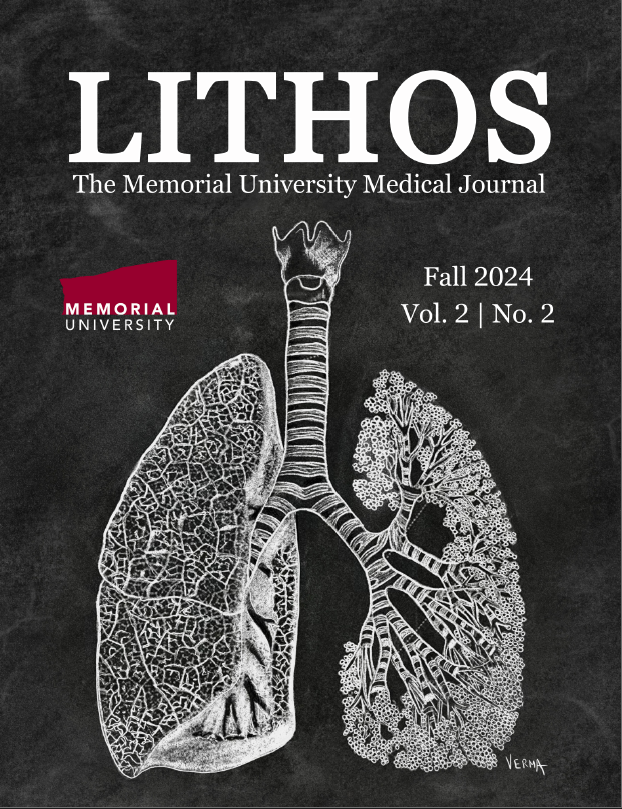Utilization of POCUS in Acute Pulmonary Embolism with Hemodynamic Instability: A Case Presentation
Abstract
Introduction: A pulmonary embolism (PE) is a life-threatening condition requiring rapid identification and treatment. However, the non-specific symptoms associated with the acute onset of a PE make clinical diagnosis difficult. Point of care ultrasound (POCUS) is a readily available and evolving technique that allows for rapid identification of a PE.
Case Presentation: 57-year-old patient presented to the Emergency Department (ED) hemodynamically unstable following an acute onset of shortness of breath and syncope. Ultrasonography revealed right ventricle (RV) dysfunction, abnormal tricuspid annular plane systolic excursion (TAPSE), and intravascular thrombosis, indicating a PE. Subsequently, the computed tomography pulmonary angiogram (CTPA) showed large bilateral pulmonary emboli and the patient received tissue plasminogen activator (TPA).
Discussion: The dependence of EDs on CTPA to rule in a PE before initiating thrombolytics may delay life-saving treatment. This case demonstrates the valuable addition of POCUS to the diagnostic protocol for PEs and reduces the waiting period in hemodynamically unstable patients to initiate empiric reperfusion therapy.
Conclusion: This case report demonstrates the benefits of POCUS in clinical decision making and highlights the advantages of its utility in the ED.
Downloads
Published
How to Cite
Issue
Section
License
Authors who publish with this journal agree to the following terms:
- Authors retain copyright and grant the journal right of first publication with the work simultaneously licensed under a Creative Commons Attribution License that allows others to share the work with an acknowledgement of the work's authorship and initial publication in this journal.
- Authors are able to enter into separate, additional contractual arrangements for the non-exclusive distribution of the journal's published version of the work (e.g., post it to an institutional repository or publish it in a book), with an acknowledgement of its initial publication in this journal.
- Authors are permitted and encouraged to post their work online (e.g., in institutional repositories or on their website) prior to and during the submission process, as it can lead to productive exchanges, as well as earlier and greater citation of published work





